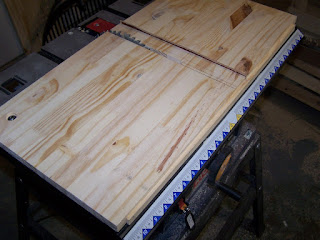Tillandsia is an air plant that takes no soil. It needs a place to sit but no soil. They have to be watered like normal plants, but pull all the nutrients they needs from the water.
We keep forgetting to water them.
To get them watered I made a regular pot with a plant in the top with a drain hole that runs down by holes for the tillandsia plants. When we water the plant on top, the tillandsia plants get watered too.
Hen and chick on top with tillandsia plants in holes in the side.
Hen and chick has rock mulch around it.
Tillandsia plants are hot glued into place in holes on the side.


















